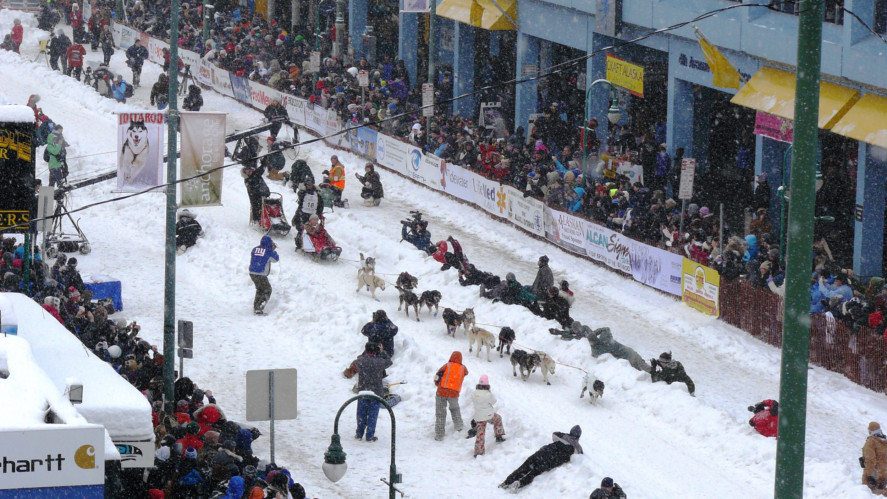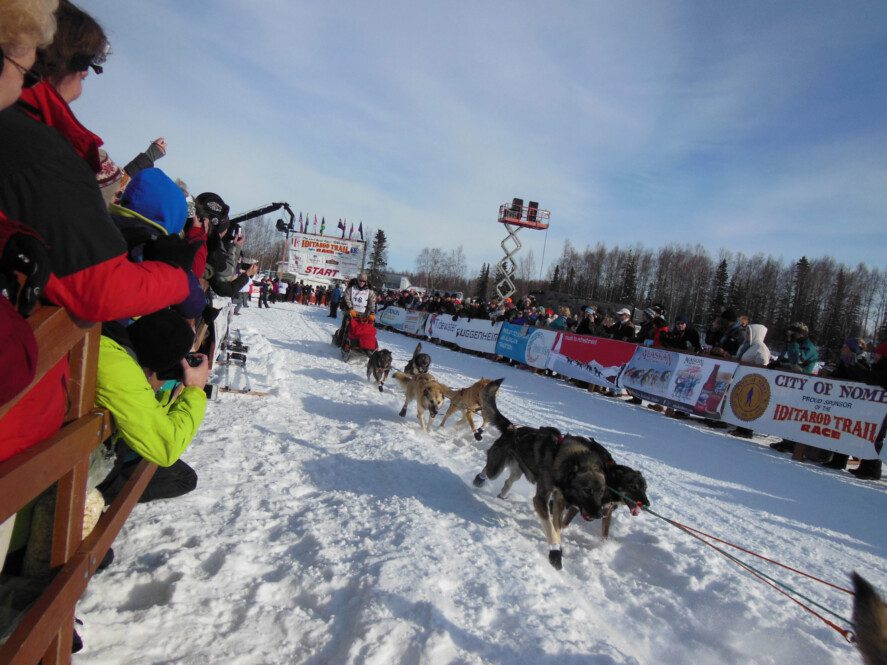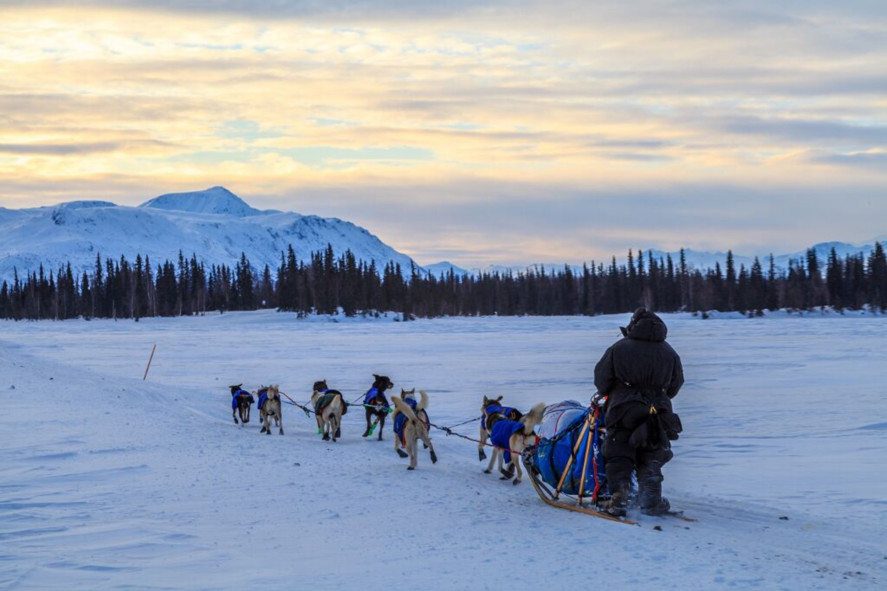
The Iditarod Sled Dog Race: An Overview
The Iditarod Sled Dog Race is the world’s longest dogsledding race, extending over 1000 miles through some of the roughest and wildest country in Alaska. The first Iditarod race was held in 1973 to honor the long history and tradition of dog mushing in Alaska. Before trucks and planes, dog teams were used in Alaska to transport goods, deliver mail, and haul gold across Alaska.
If you grew up in Alaska, you probably learned in school that Iditarod founders wanted to commemorate the “Great Race of Mercy,” a 1925 race against time in which 20 mushers and over 100 dogs were enlisted to transport antitoxin serum hundreds of miles across Alaska to help eradicate a diphtheria epidemic in Nome, Alaska. Read on to learn some amazing Iditarod facts.

Jamaican Dog Sledders
Amazing Iditarod fact number one: Jimmy Buffet sponsored the first (and only) Jamaican dogsled team in the 2010 Iditarod race. Jamaican musher Newton Marshall placed 47th out of 71 mushers, not bad for a rookie musher from the Caribbean. However, Buffet dropped his sponsorship after Marshall scratched in 2011. Marshall took a year off from the race and ran again without a major sponsor in 2013 and 2014. The Iditarod has attracted racers from 14 countries outside the United States.
It’s in the Breed
Amazing Iditarod fact number two: Most Iditarod racing sled dogs are a conglomeration of Siberian and Alaskan Husky breeds with ancestral roots in Asia. Scientists believe that Alaska’s first dogs traveled across the Bering Sea Land Bridge with their human companions thousands of years ago. Evidence of dog sled technology dates back 4,000 years in Alaska, when dogs were used to haul people and supplies across the frigid north.
Technology Takes Over
Amazing Iditarod fact number three: Modern technology has given a boost to the Iditarod race. For training his dogs in summer, Iditarod Champion Dallas Seavey created a 53-foot long treadmill, housed inside a refrigerated building at his kennel in Willow, Alaska. The treadmill fits up to twelve dogs, the average number used to pull a sled during the Iditarod Race. Seavey has won the race three times and comes from a long line of mushers. His father placed second behind him in the 2015 race. They were even featured on a reality television show about surviving Alaska.
Explore the Iditarod Race
The Iditarod continues to build a worldwide fan base offline and online. Many Iditarod racers have Facebook fan pages and Youtube channels devoted to their dog mushing endeavors.
Hopefully you’ve found these facts about the Iditarod interesting. If you’re interested in learning more, why not read our article on Alaska dogsledding.

